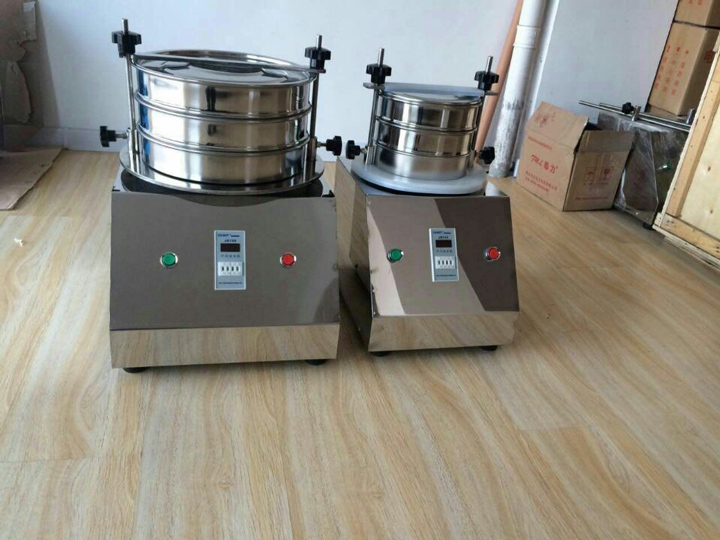
Focus Sifter Machine Production
Particle size sieve screening method is a commonly used soil analysis technique used to determine the proportions of different particle sizes in soil. This method can help scientists and farmers understand the physical properties, water-holding capacity and fertility status of the soil. The following is a detailed introduction to particle size sieve screening method.
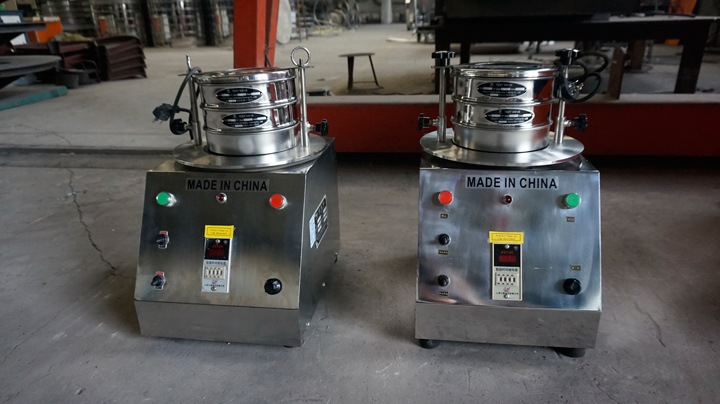
The Particle size sieve screening method separates soil particles by using a set of sieves with different pore sizes. Commonly used screen apertures include 2 mm, 1 mm, 0.5 mm, 0.25 mm and 0.1 mm.
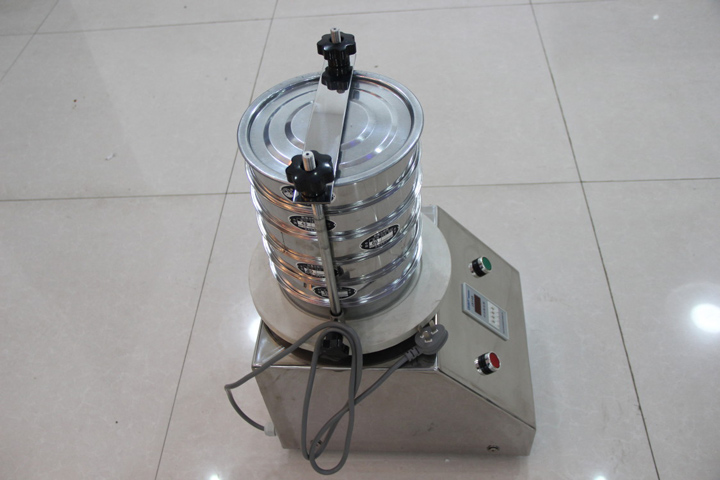
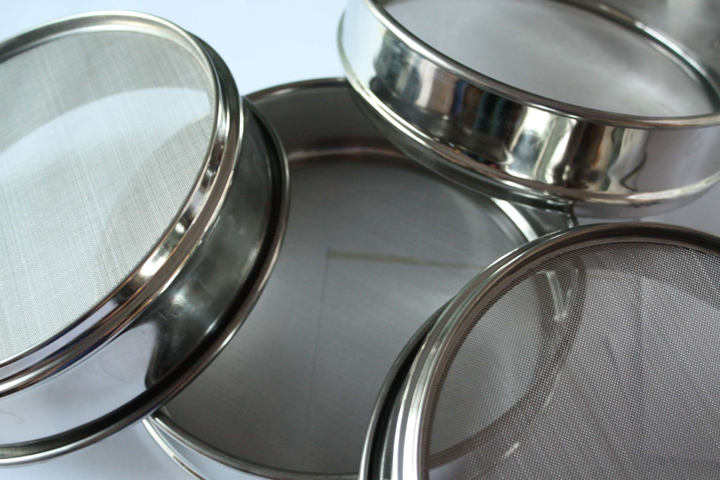
Prepare soil samples: Collect samples from the soil area of interest and send them to the laboratory for analysis. Samples should be representative of the overall soil characteristics of the area.
Dry samples: Dry soil samples at room temperature to remove moisture from them. This can be done by placing the sample in a well-ventilated area, or using a low temperature oven to speed up drying.
Screening process: Take a certain amount of dry soil sample, put it on the sieve with the largest aperture, and gently shake the sieve so that larger particles remain on the sieve and smaller particles pass through the sieve.
Repeat screening: Collect the passing particles and place them on the next smaller pore size screen to repeat the above screening process. This gradually reduces the mesh aperture until the finest mesh.
Weighing and recording: The particles on each screen are collected and weighed, and the mass of each particle size is recorded. These data will be used to calculate the percentage of different particle sizes.
Through the particle size sieve screening method, the percentages of different particle sizes in the soil sample can be obtained. These percentages can be used to calculate the particle size distribution curve of the soil to understand the content of particles of different sizes in the soil. Particle size distribution curves are usually plotted with particle size on the horizontal axis and particle percentage on the vertical axis.
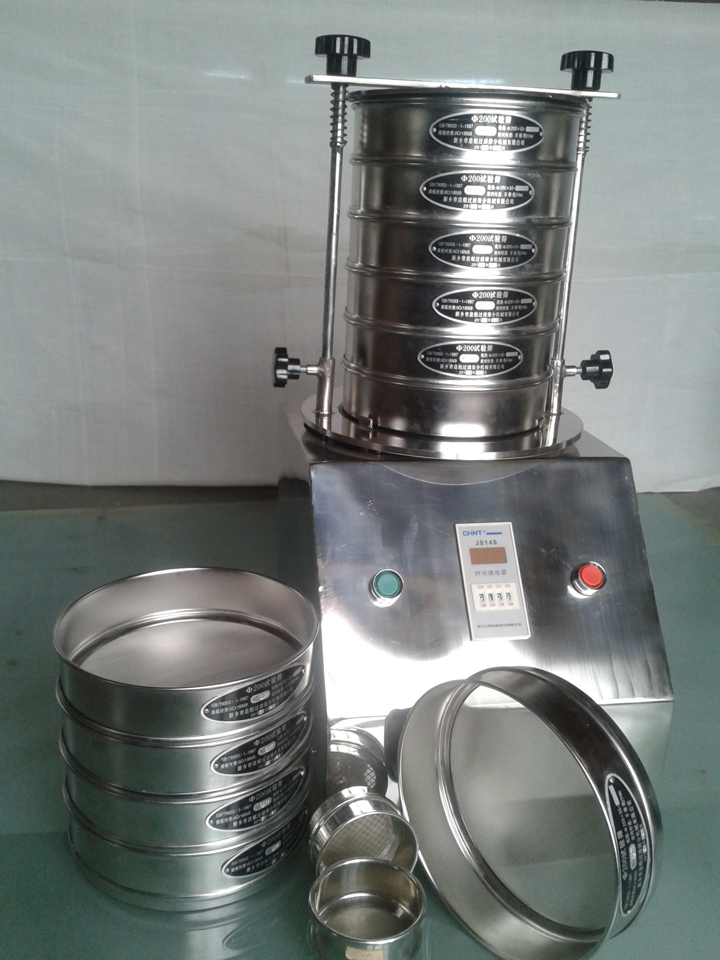
The particle size sieve screening method has a wide range of applications and is of great significance to both soil science and agricultural management. By knowing the proportions of different particle sizes in the soil, the soil's permeability, water retention, fertility and potential soil erosion risk can be assessed. This information is critical for proper soil improvement measures, crop cultivation and land management.
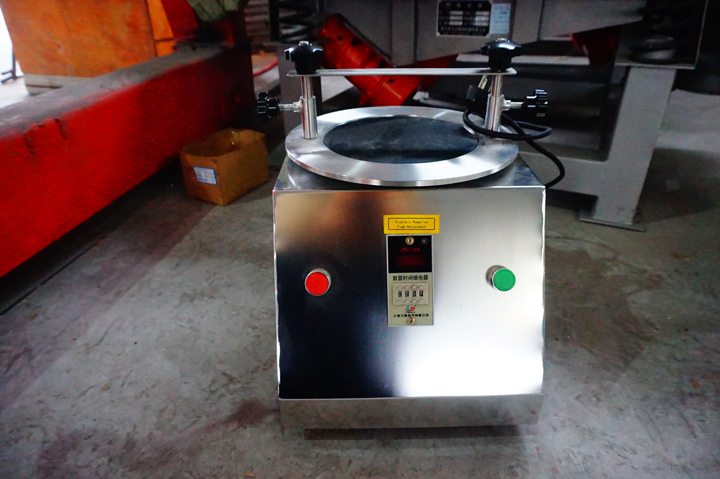
In short, the particle size sieve screening method is a commonly used soil analysis technology that separates particles in the soil by screening sieves of different apertures to obtain the particle size distribution curve of the soil. This approach has important implications for soil science and agricultural management, providing critical information on soil physical properties and fertility status.
